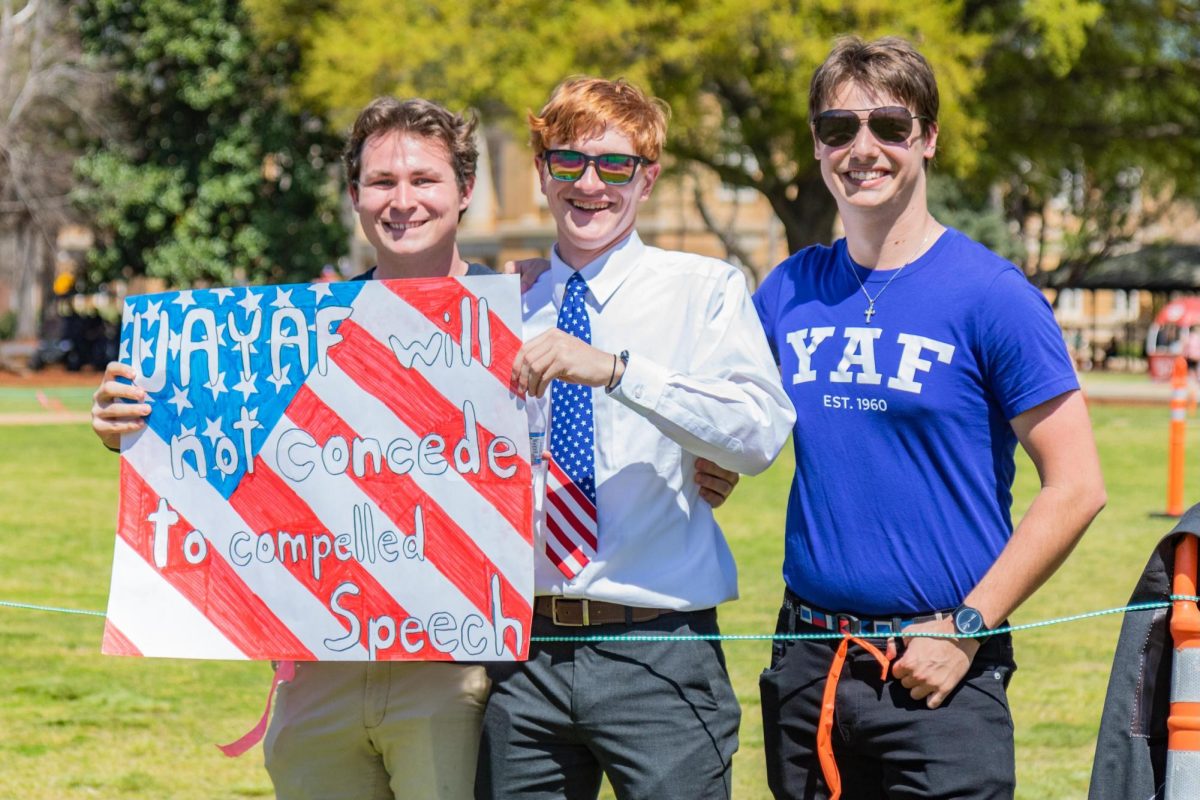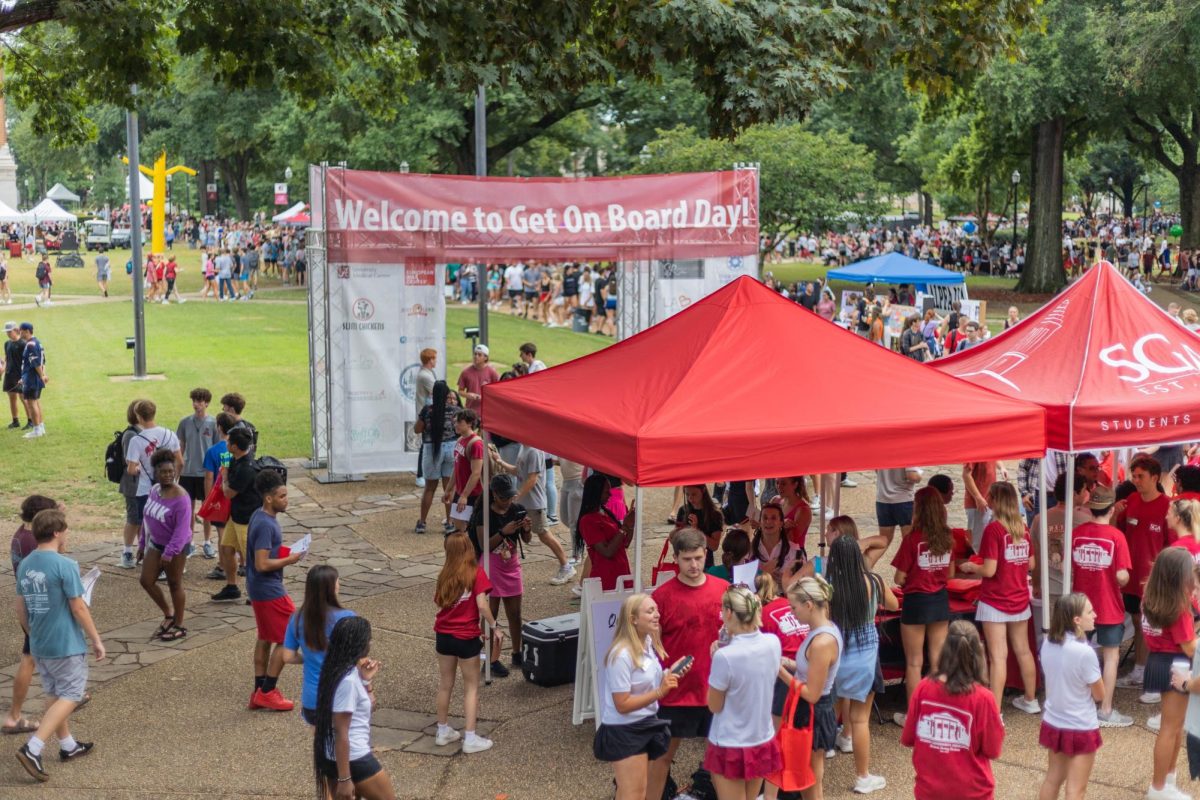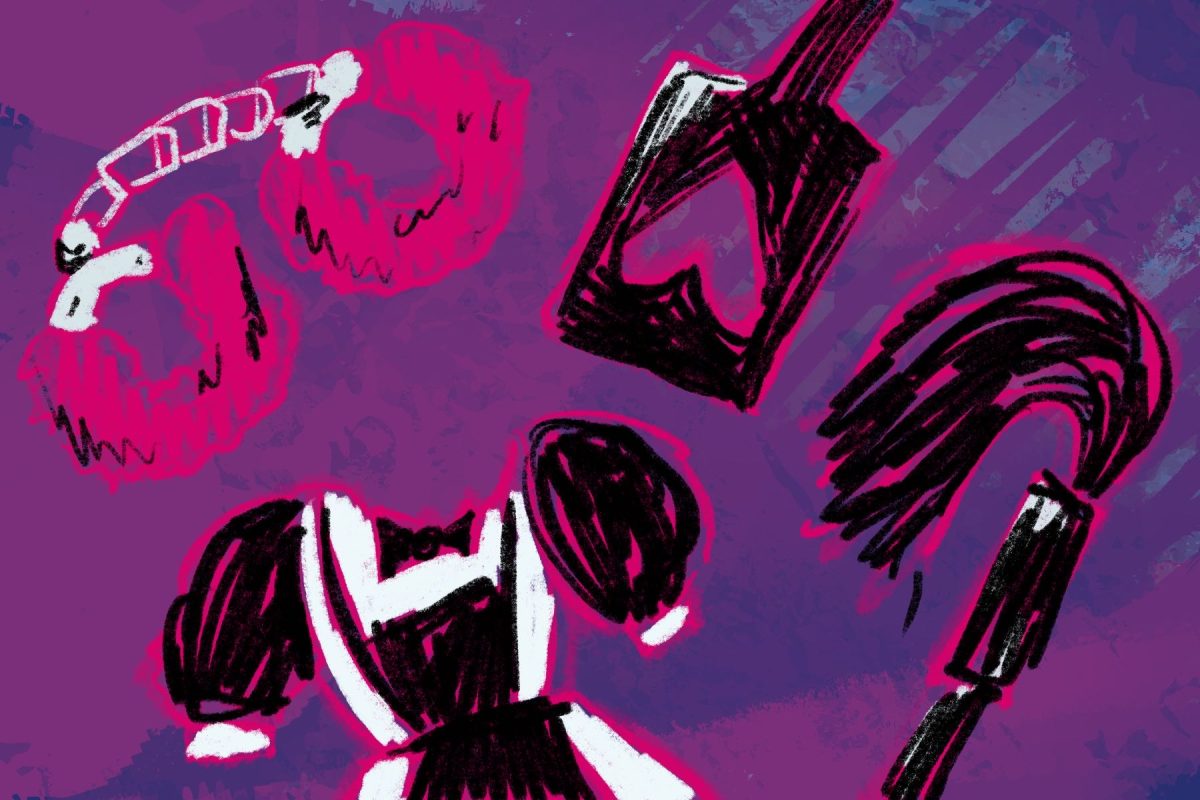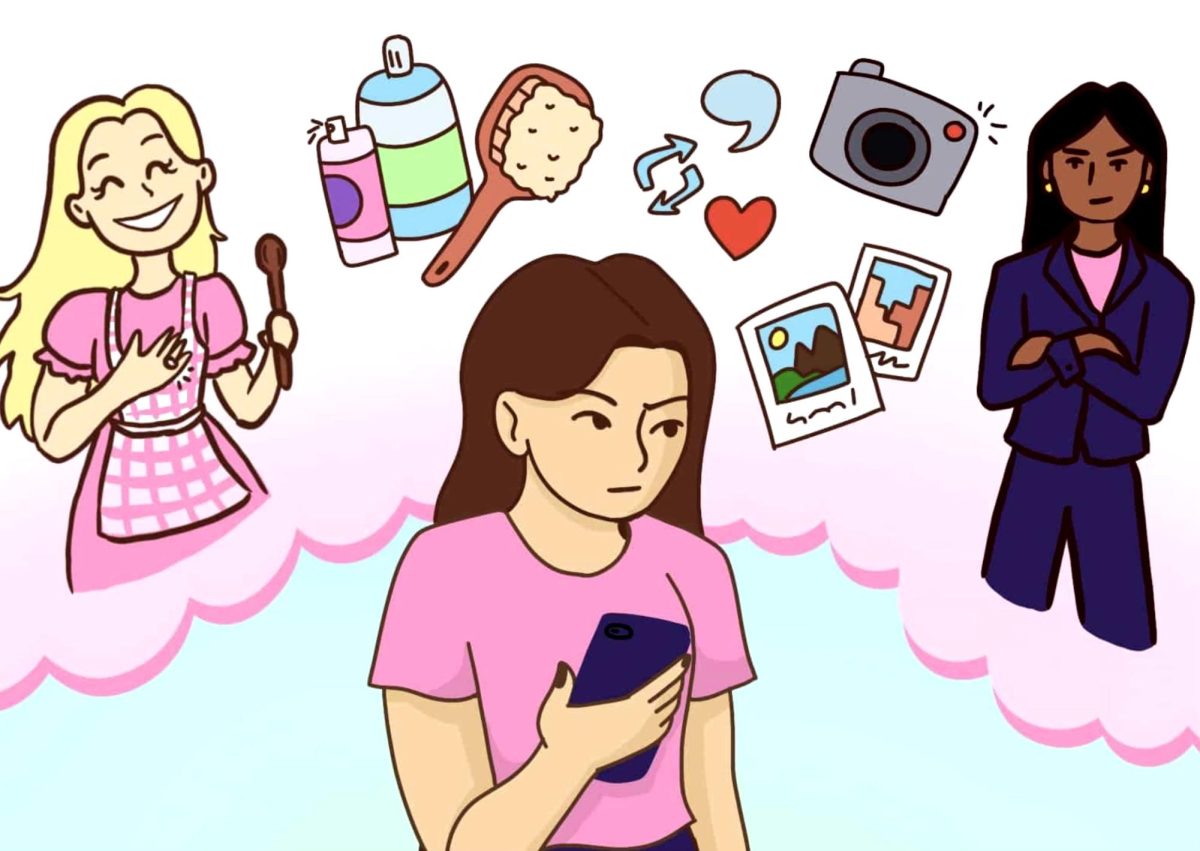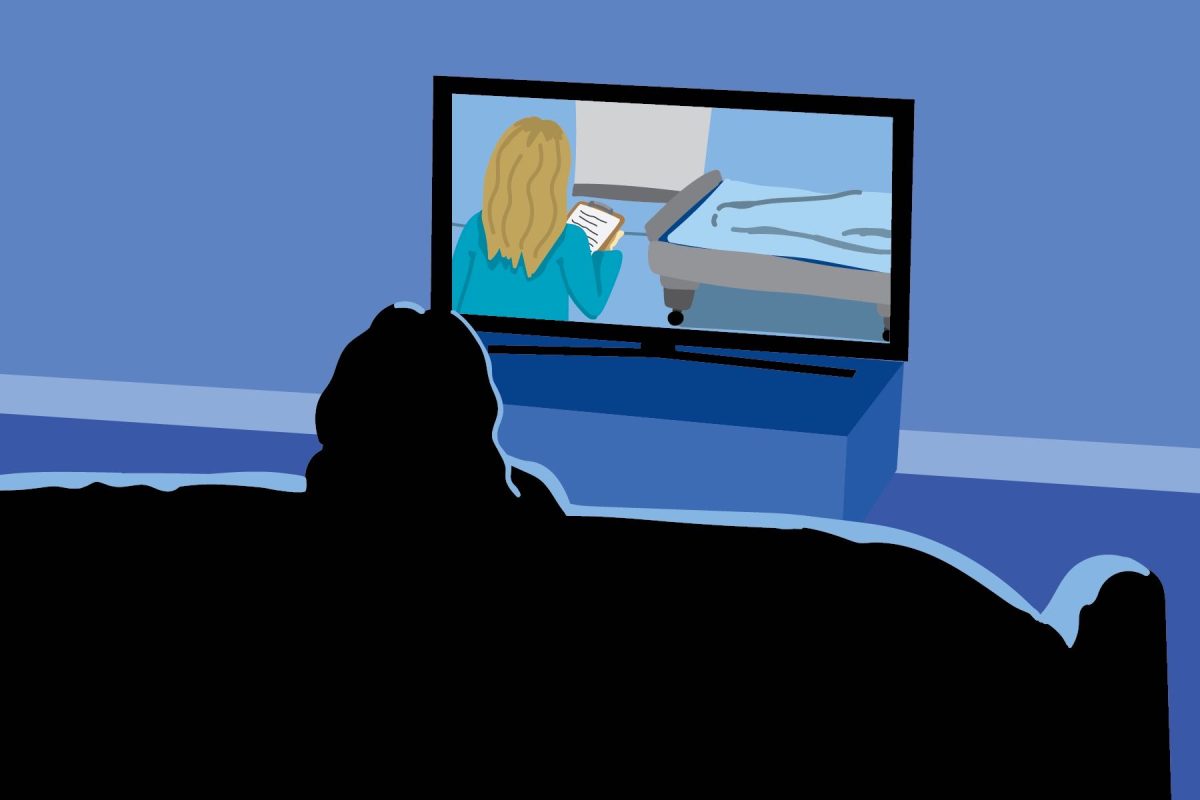Tuscaloosa is so fabulous sometimes it overwhelms me. This is a deep-south college campus that has more David Yurman rings and Mercedes in one condensed area than the nearby country club. But I don’t mind the culture some students bring: high-fashion-esque outfits mixed with a southern drawl make a delicious combination irresistible to outsiders.
Yet while Tuscaloosa’s night life is admittedly impressive, I have never been able to justify paying $20 to enter one of our bars – $5 or $10 is even pushing it.
I’ve always been perplexed by the idea of paying money to enter an establishment, to then buy their products, giving said establishment even more money.
But weekend after weekend, I’m met at the entrance of bars like Innisfree and Gallettes with a charge just to enter – and that’s before I even open a tab. This leads to half my friends entering and half leaving to search for a bar that is free to enter.
Besides being confused as to why you would pay cover, I’m confused why you would charge it in the first place.
The eternal optimistic, I assumed the reason was justifiable. Perhaps cover is necessary to facilitate the cost of bouncers or a band or bartenders. But when I asked the various cover-taking bouncers I came in contact with throughout the past few weekends, their justification was nonexistent. They were unsure of the reason and said their night’s pay did not reflect the high cost of entry. Bartenders echoed similar sentiments. I also didn’t see any bands in sight, so check that possibility off the list.
Granted, when the cover is because of a band, it’s a fee I’m more than willing to pay, or if it’s for a charity event or fundraiser. But mandating a cover “just because it’s Saturday?” Ain’t nobody got time for that.
High cover, sometimes reaching $20 or more, as it did the weekend of the Texas A&M game, was embarrassing in front of my visiting Aggies. There isn’t cover in College Station, a town similar in size and demographics to Tuscaloosa – and Northgate could easily rival the strip.
But perhaps Tuscaloosa’s nightlife is better than my first example, and paying a cover is worth it for the experience, people and atmostphere.
Fine, compare it to 6th Street in Austin, Texas – an attraction equivalent to a safe and clean Bourbon Street. With the exception of events like New Year’s Eve or South by Southwest, there isn’t cover there either, and 6th Street isn’t even in the same nightlife realm as the Strip.
But if cover exists in Tuscaloosa, is not the fault of the bars that choose to demand it – it is the fault of the students who are willing to pay it. If you insist on paying $10 or $20 to get into Gallettes, 4th and 23rd and Innisfree, I’m assuming the cost of “trendiness” is worth it.
There are many bars – The Houndstooth, Gray Lady, Moes and The Crimson Tavern, Speakeasy (I could go on) – that rarely, if ever, require a cover. And if they do, it’s not above $5.
I have nothing against the bars that often require cover – they are, after all, some of my favorites. But on a college student budget, I don’t have the liberty to pay to get in and then pay even more to drink. I would think bars aimed at college students would be aware of our limited funding. I would also think that fellow college students would be more financially aware and realize the reason cover still exists is because you still pay it.
SoRelle Wyckoff is the opinion editor of The Crimson White. Her column runs on Mondays.




